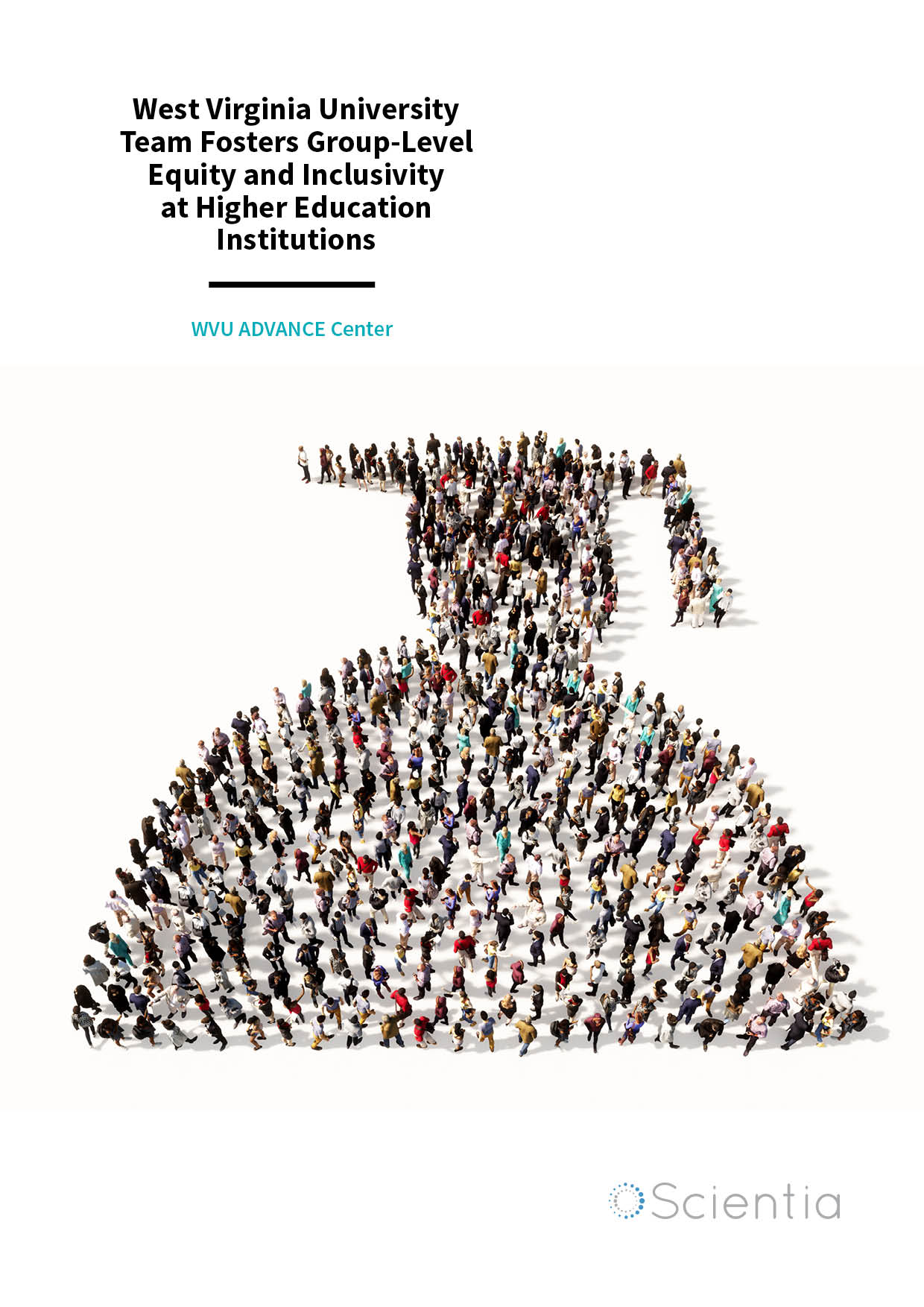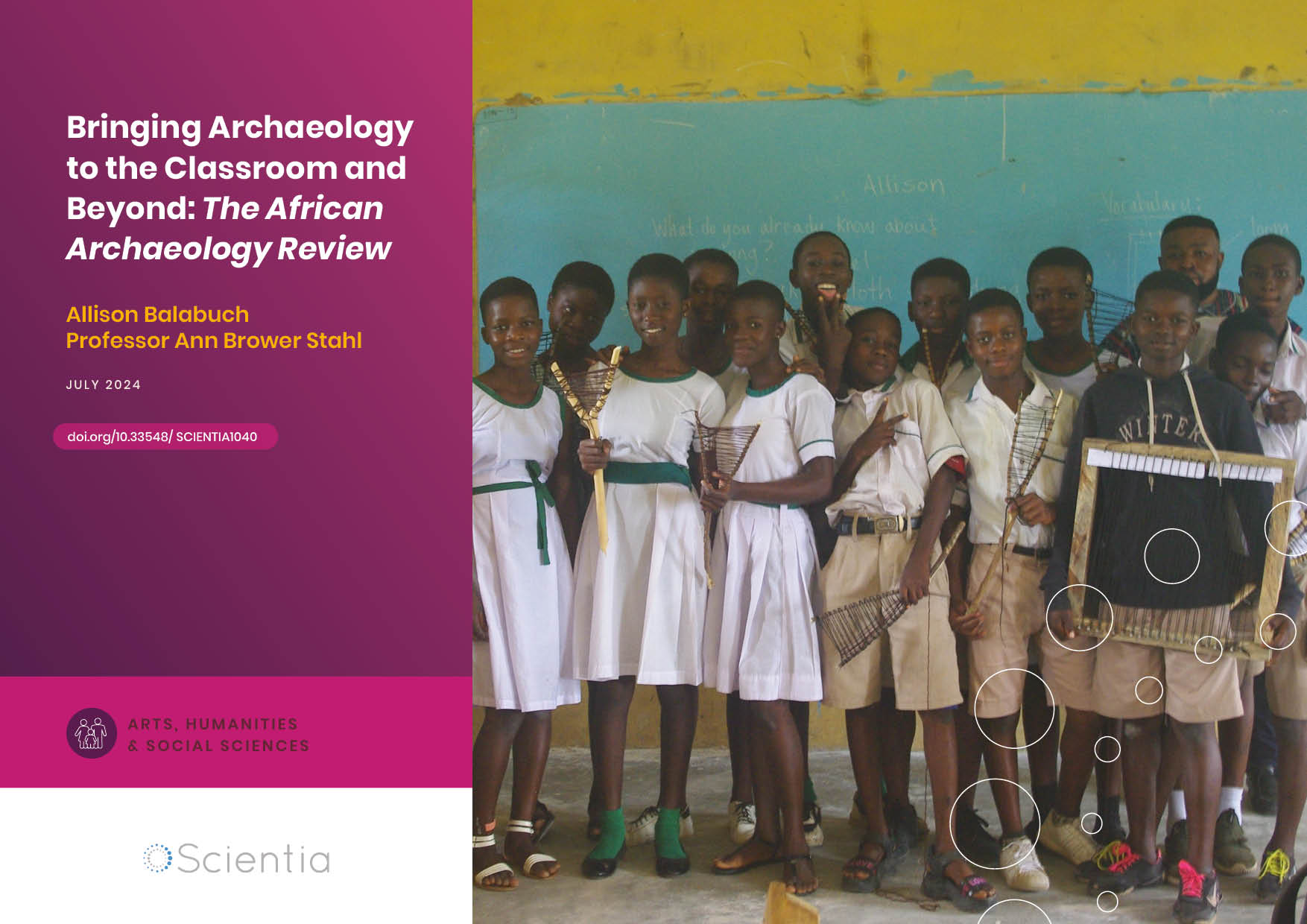Dr Xuan-Min Shao – Illuminating New Insights into Lightning Initiation Through Interferometry
Radio frequency inteferometric lightning maps are important tools for researchers exploring the electrical processes that unfold within storm clouds. Dr Xuan-Min Shao and colleagues at Los Alamos National Laboratory in New Mexico, who first introduced broadband interferometry to lightning research over two decades ago, have now developed an advanced ‘beam steering’ interferometry technique to significantly improve the accuracy of lightning mapping. This approach, together with their recently developed polarisation detection technique, has begun to reveal new physics involved in lightning discharges. Their recent work shows how lightning initiation, which has been poorly understood until now, may be linked to high-energy cosmic particles entering Earth’s atmosphere.
Lightning
Of all the widely known phenomena to occur in Earth’s atmosphere, perhaps none are more fascinating than lightning. The effect arises as updrafts within a brewing storm cloud cause hail and ice crystals to rub together – causing positive charges to build up at the top of the cloud, while negative charges collect at the bottom. In sudden bursts, these build-ups can then become equalised, as particles either travel between charged layers within clouds, or between negatively-charged lower cloud layers and the ground. In the process, colossal amounts of energy are released over barely perceptible timescales.
Although beautiful, lightning strikes can quickly unleash devastation on human-made infrastructures and natural ecosystems alike. In dry conditions, lightning storms are notorious for triggering wildfires. Meanwhile in cities, an unfortunate strike to a power grid can leave many thousands of people without power. Despite many years of studies, a great number of processes involved in a lightning flash are still not well understood. Among these, how lightning gets started in a cloud is one of most fundamental and mysterious questions scientists have been trying to answer in this field of research.
Through their research, Dr Xuan-Min Shao and his colleagues at Los Alamos National Laboratory aim to address this issue directly.
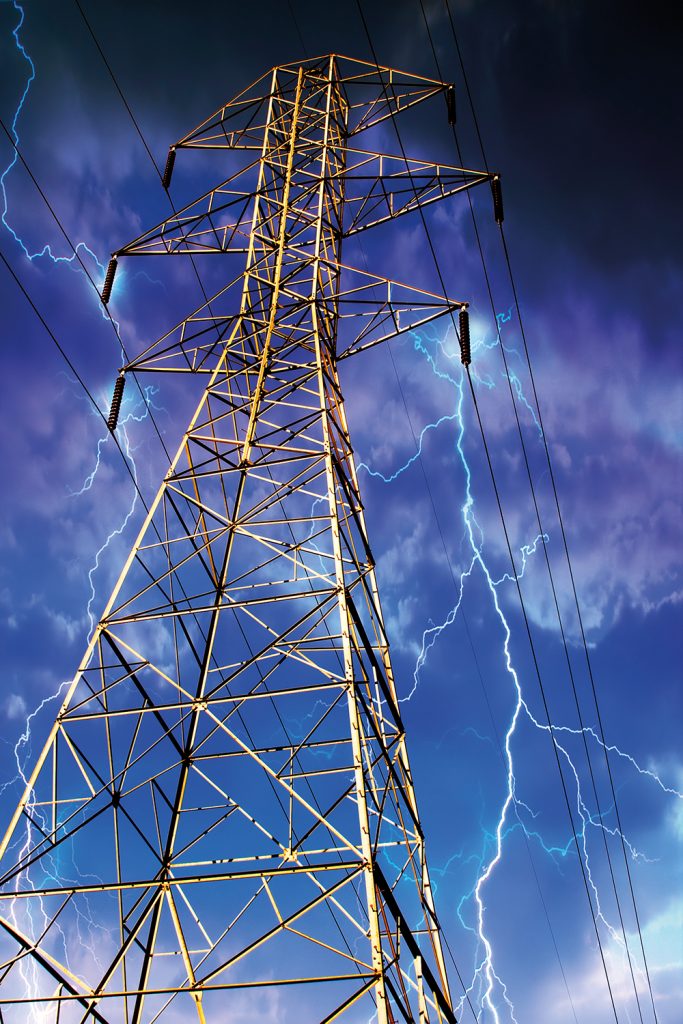
Triggering Lightning Breakdown
When an insulating material is subjected to a high enough voltage, changes in the properties of its constituent molecules can force the substance to become an electrical conductor – in a process named ‘electrical breakdown’. This property is key to the formation of lightning: while the Earth’s atmosphere is a strong electrical insulator in most circumstances, the situation can drastically change in the vast voltages that form within storm clouds. Here, the electric fields that build up between positive and negative charge layers can accelerate electrons to considerable fractions of the speed of light.
As they collide with molecules in the air, these electrons then trigger the release of more fast-moving electrons, creating a downward avalanche of charges. Within microseconds, lightning strikes can form along the paths of these avalanches, in an overall process known as ‘fast positive breakdown’. As they seek to build maps of lightning strikes, it is critical for researchers to accurately capture this process as it unfolds. So far, this has widely involved a technique named ‘broadband interferometry’.
Mapping Lightning Sources
Interferometry is an incredibly versatile technique, and it is now widely used by researchers spanning numerous disciplines. For researchers aiming to capture lightning as it strikes, the process first involves recording the electrical signals produced during fast positive breakdown. To do this, they use networks of antennas separated by tens of meters. When lightning strikes in a certain position, the electrical signal it produces will travel outwards, creating digitised signals in broad ranges of radio frequencies as it is picked up by these antennas.
As this happens, different antennas will receive the signal after varying time delays, which depend on their positions relative to the strike. If signals are superimposed onto each other, these delays produce characteristic misalignments in the peaks and valleys of their amplitudes. As a result, pairs of signals will destructively interfere with each other to varying degrees, depending on the time delay between them. Therefore, by comparing the strengths of the superimposed signals produced by different pairs of antennas, researchers can calculate both the position and time of the lightning strike that produced them.
Over the past 20 years, cutting-edge developments have led to significant improvements in the data acquisition and processing required for this technique of ‘broadband interferometry’. However, to further improve the spatial and time resolutions of the lightning maps they produce, researchers are now in need of better ways to minimise uncertainties in their measurements. Ultimately, the goal for these efforts is to reach a set lower bound in uncertainty, which was calculated through previous theoretical work.
Until now, studies have largely assumed lightning bolts to be stationary, with long time windows in which interferometry can be carried out. Clearly, this picture is wholly unsuited for capturing fast, short-lived lightning flashes – resulting in uncertainties far higher than their theoretical lower bound.
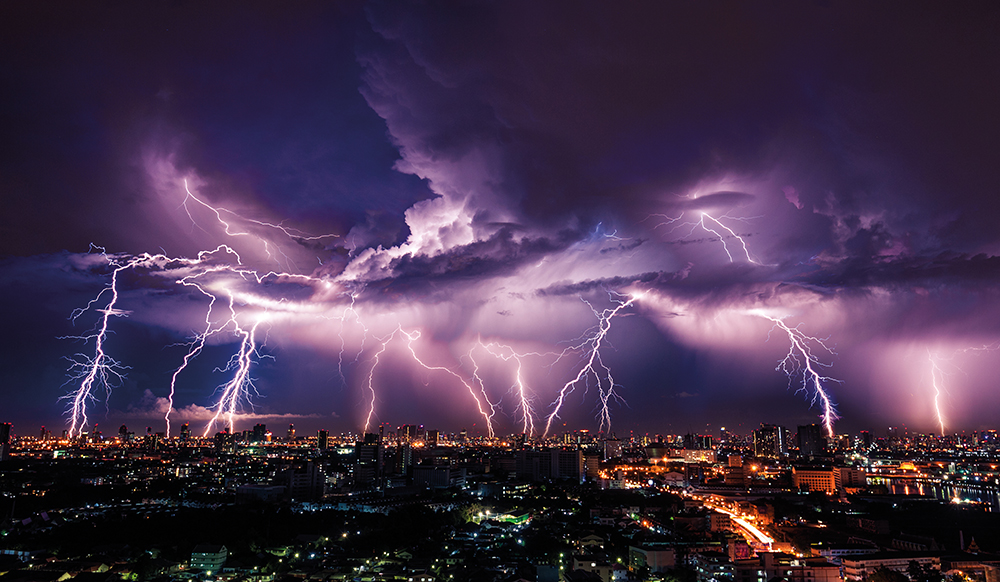
Lowering Uncertainties
In their research, Dr Shao and his colleagues present a sophisticated new technique for reaching this lower bound in broadband interferometry measurements. Their ideas are based around the idea that if the timings of interferometry signals are precisely aligned, uncertainties in their outcomes can be significantly reduced. As a result, any uncertainties in lightning strike positions and timings will correspond directly with their theoretically calculated lower bound – ensuring researchers that their maps are as accurate as possible. To do this, Dr Shao’s team presents an approach named ‘beam steering’ interferometry.
While this technique processes the same raw data as previous approaches to broadband interferometry, it occurs over two separate steps in this case. Firstly, conventional interferometry is used to find the rough direction of a lightning source occurring within a chosen time interval, and computes the time delays between antennas receiving these signals. As before, this procedure is used to calculate the rough direction of the lightning source.
Secondly, this direction measurement provides a basis to shift the timings of the raw data gathered by each antenna so that they are all roughly aligned – analogous to the researchers pre-emptively rearranging the network of the antennas facing in the direction that the lightning will strike. Finally, the aligned signals are processed by interferometry a second time, producing a far more accurate and detailed interferometric final image. As a result, uncertainties in the positions and timings of individual lightning strikes can finally approach their lowest possible value – producing maps with high resolutions in both space and time.
Investigating Positive Breakdown
To demonstrate the advantages of beam steering interferometry, Dr Shao and his colleagues applied their technique to study the characteristics of a fast positive breakdown process initiated by intra-cloud lightning – where charged particles travel between the layers within a storm cloud. In previous studies, researchers had discovered that the process occurs in the first few microseconds of both intra-cloud and cloud-to-ground lightning – initiating lightning flashes. Yet when Dr Shao’s team observed fast positive breakdown using beam steering interferometry, they discovered that the process could become far more complex than they first thought.
Through the higher mapping resolutions made possible through lower uncertainties, the researchers found that fast positive breakdown can occur in two distinct groups of breakdown processes. Within these groups, charged particles travel downwards in slightly different ways over time, while their paths also follow different patterns. However, their most important result relates to a phenomenon that has never before been observed with lightning formation, with origins reaching far beyond Earth’s atmosphere.
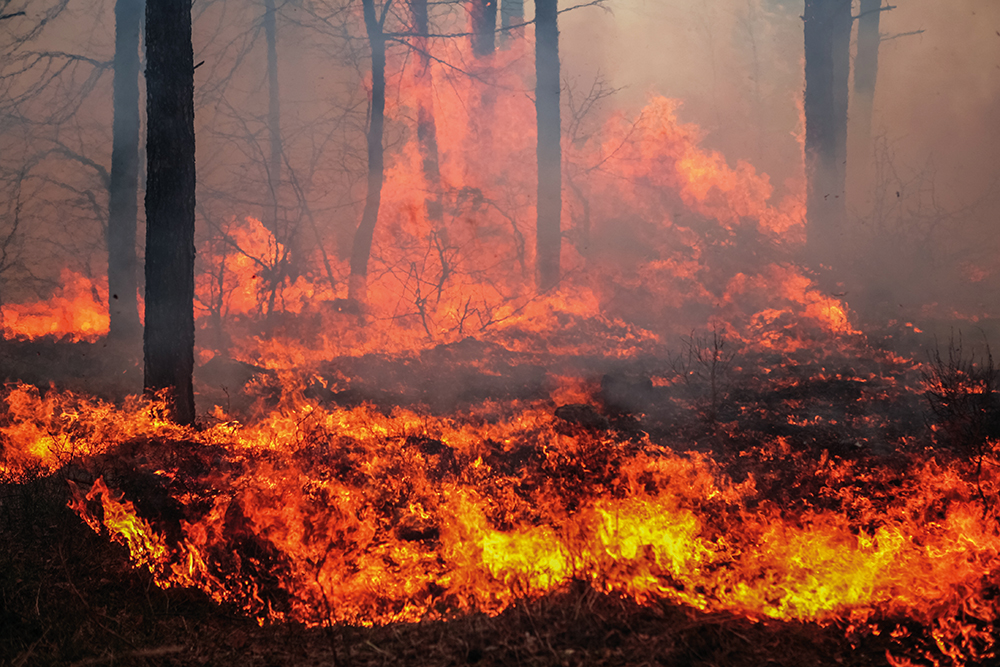
Spotting a Key Connection
Cosmic rays take the form of atomic nuclei with exceptionally high energies, which travel through space at close to the speed of light. While some of these rays are known to originate from violent eruptions on the Sun’s surface, others likely started their journeys from ancient supernovae in distant galaxies. Regardless of their source, cosmic rays can trigger fascinating phenomena as they interact with Earth’s atmosphere. On impact with air molecules, they can produce showers of secondary particles with similarly high energies – which sometimes reach Earth’s surface. Named ‘cosmic ray showers’, these cascades of ionised particles can measure hundreds meter across.
As they travel downwards through the atmosphere, cosmic ray showers develop arc-shaped fronts with characteristic geometries. This effect may have seemed entirely unrelated to lightning formation when Dr Shao and his colleagues began their study – yet through their analysis, the team discovered that both groups of fast positive breakdown processes they observed appeared to originate in front of these arc-shaped fronts. From this observation, the researchers developed an intriguing theory: as a cosmic ray shower enters a storm cloud, it can enhance its already strong electric field by over three or more times. In this altered environment, avalanches of electrons can be triggered far more readily – explaining the occurrence of fast positive breakdown observed during intra-cloud flashes.
The team’s results represent a breakthrough in our knowledge of lightning formation, and how it is linked to a cosmic phenomenon. Beyond this fascinating discovery, Dr Shao and his colleagues show that their beam steering interferometry technique can significantly improve on existing methods for producing high-resolution maps of lightning flashes over a wide range of directions and time periods. Ultimately, their work could soon lead to an even deeper understanding of how lightning flashes form and develop, and how their impacts on both natural ecosystems and manmade infrastructures can be better assessed.
Reference
https://doi.org/10.33548/SCIENTIA604
Meet the researcher
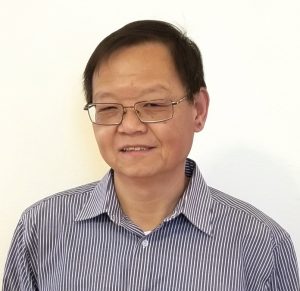
Dr Xuan-Min Shao
Los Alamos National Laboratory
Los Alamos, NM
USA
Dr Xuan-Min Shao completed his PhD in Physics at the New Mexico Institute of Mining and Technology in 1993. He has now worked at Los Alamos National Laboratory ever since, and became a Senior Scientist at this institution in 2008. Dr Shao is a world leader in the field of lightning physics and detection. He now has contributed to a wide variety of innovative theories, models, and experiments in areas including atmospheric and ionospheric radio wave propagation, lightning mapping techniques, and space-based radio detection. Elsewhere, he has headed many projects to develop advanced instruments and modelling capabilities required for his research, securing funding from organisations including the US Department of Energy. Dr Shao has been recognised for his scientific and national security contributions with numerous awards, including the Director’s Distinguish Performance Award for Mighty Saber in 2015, and DOE/NNSA’s Defense Programs Award of Excellence for Contributions in EMP Capability Development in 2012. He is also committed to training the next generation of scientists, and currently mentors several students and postdoctoral researchers.
CONTACT
E: xshao@lanl.gov
FUNDING
Research presented in this article was supported by the Laboratory Directed Research and Development program of Los Alamos National Laboratory under project number 20170179ER.
FURTHER READING
X-M Shao, C Ho, G Bowers, W Blaine, B Dingus, Lightning Interferometry Uncertainty, Beam Steering Interferometry, and Evidence of Lightning Being Ignited by a Cosmic Ray Shower, Journal of Geophysical Research Atmospheres, 2020, 125, 2019JD032273.
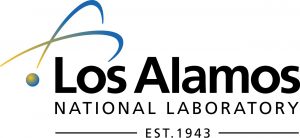
Want to republish our articles?
We encourage all formats of sharing and republishing of our articles. Whether you want to host on your website, publication or blog, we welcome this. Find out more
Creative Commons Licence
(CC BY 4.0)
This work is licensed under a Creative Commons Attribution 4.0 International License. 
What does this mean?
Share: You can copy and redistribute the material in any medium or format
Adapt: You can change, and build upon the material for any purpose, even commercially.
Credit: You must give appropriate credit, provide a link to the license, and indicate if changes were made.
More articles you may like
Dr Ralf Adam | New Technologies Shaping the Future of Oral Hygiene
Understanding the efficiency of various toothbrush technologies is essential for achieving optimal oral health. Dr Ralf Adam, who leads a dedicated team at Procter & Gamble in Germany, is keen to investigate the complexities of these technologies. His team have provided new insights into the best toothbrush types for plaque removal and the maintenance of gum health. By highlighting the importance of informed oral care decisions and ongoing investigations, this vital research works towards ensuring everyone can achieve a brighter, healthier smile.
WVU ADVANCE Center | West Virginia University Team Fosters Group-Level Equity and Inclusivity at Higher Education Institutions
Despite ongoing efforts to broaden participation in the academy, many groups remain underrepresented. More needs to be done to ensure that all faculty and students succeed in institutions of higher education. The WVU ADVANCE Center is an academic hub at West Virginia University, which provides services, events, mentorship opportunities, and other initiatives that promote the sense of belonging that leads to thriving faculty and students.
Dr Olalla Castro-Alvaredo | Measuring Entanglement: Symmetry-Resolved Entropy
Dr Olalla Castro-Alvaredo of the City University of London (UK) and her collaborators are advancing our understanding of an important phenomenon of quantum mechanical systems known as entanglement and, especially, its mathematical measures. Symmetry-resolved entanglement entropy is one such measure. Their study focuses on special quantum states which are excited with respect to a ground state. The research shows how the entanglement amongst quantum particles can be measured and assesses the contribution to the entanglement of quasiparticle excitations, particularly in the presence of additional symmetries.
Allison Balabuch – Professor Ann Brower Stahl | Bringing Archaeology to the Classroom and Beyond: The African Archaeology Review
The African Archaeology Review (AAR) journal recently celebrated its 40th anniversary. To mark this occasion, a special issue was compiled with an innovative theme: Archaeology for Education. To achieve this, the AAR editorial team assembled a group of academic researchers in archaeology with the proposition of writing articles collaboratively with educators that would make their research centred on Africa’s rich pasts accessible for use in school learning. The goal is to change the stories we tell about Africa both within and outside the continent.


